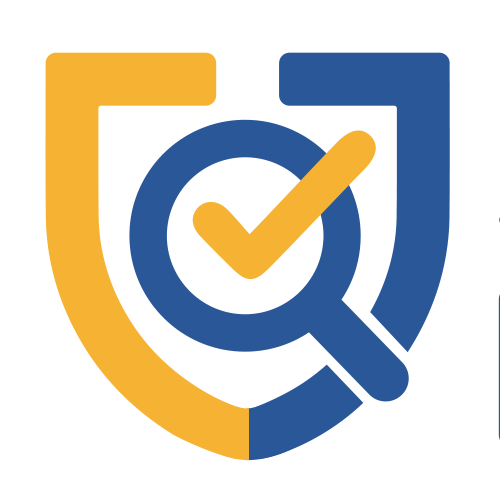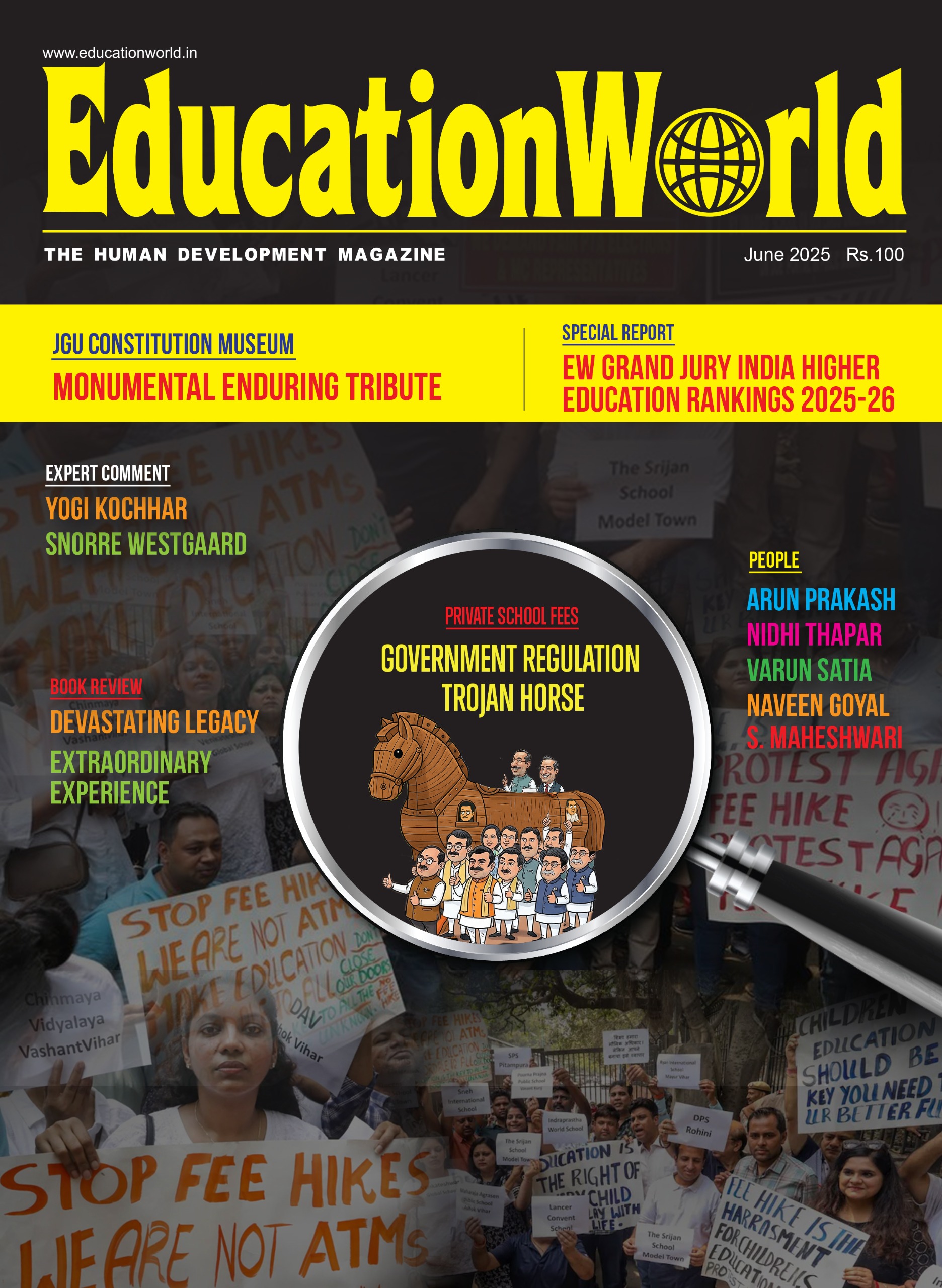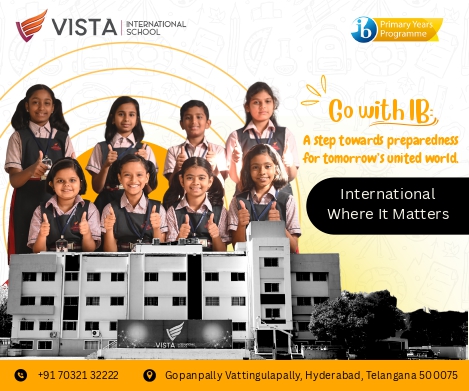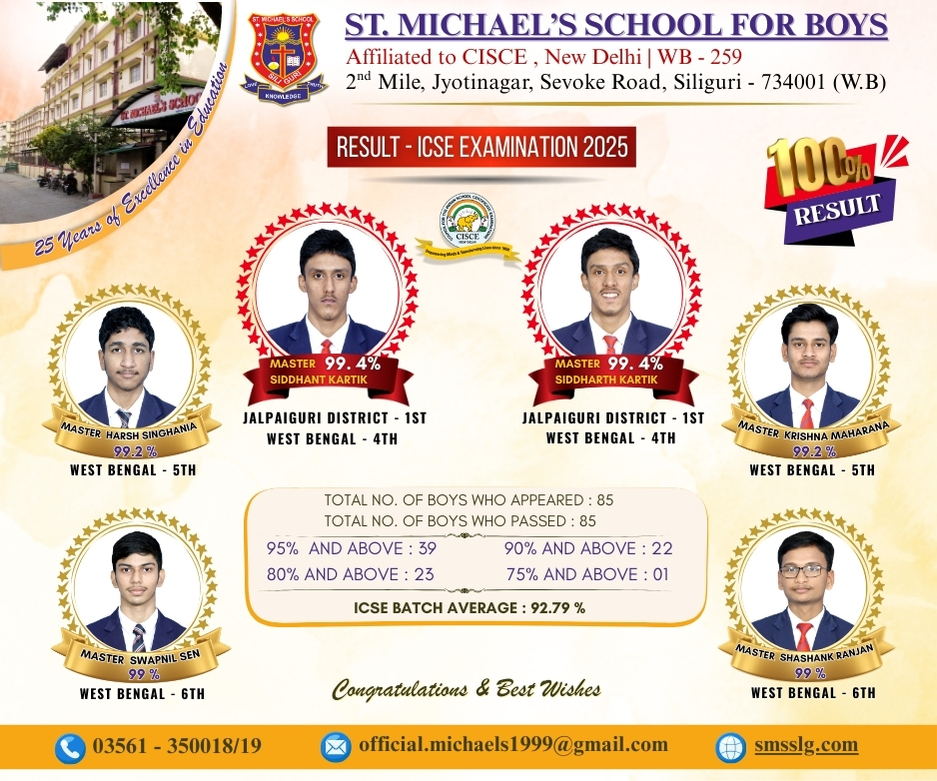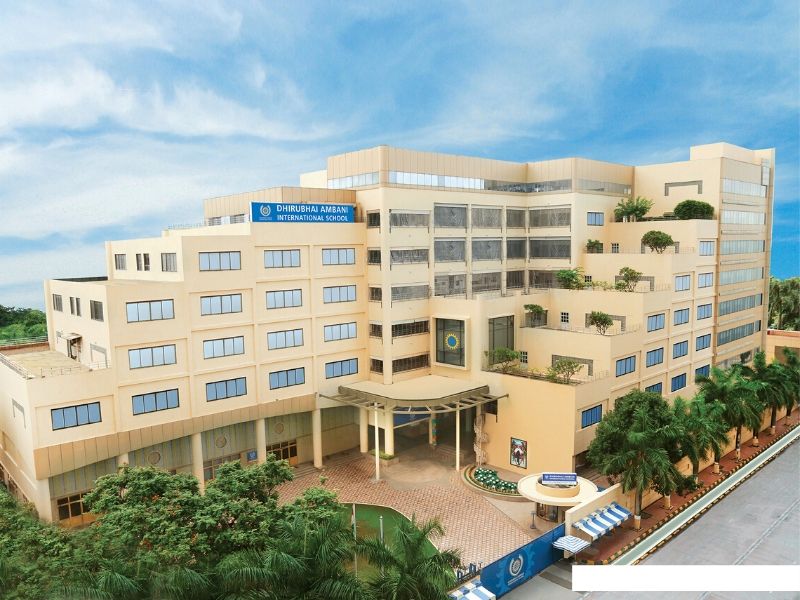The new ‘information age is characterised by our ability to transfer knowledge and information freely.All of us have been touched in some form or the other by the power of the internet.From the mundane, in the form of booking railway tickets, to the truly exotic, by way of purchasing commodities on the internet, we have witnessed the ease with which the internet has pervaded our lives. The tools of information and communication technology (ICT) such as computers, networking cables, satellites are all significant drivers of the emerging global economy.
Yet whats important in the new ICT age is not techniques of accessing information, but its effective utilisation. The ability to interpret and use information is what the new knowledge age is all about. Thus, it is not enough to create a program to access information on the greatest winter holiday spots, but also to access comparative rates, shortest routes and opinions of other visitors. And all this information must be available in real-time.
This is where social media — with inexpensive and easily available publishing tools — is proving particularly useful. Twitter, blogs and Facebook allow for real-time transmission of news and content.The capability to reach audiences of hund-reds to a few thousand, in a highly scalable manner, with marginal difference in cost, characterises the new social media.It encourages dialo-gue and real debate and exchanges. Ordinary people can transform from mere consumers to creators of content. Giving the power of media in the hands of the people makes knowledge more ‘democratic.
Therefore the question naturally arises: what will it take to harness this power to drive impactful changes in the cause of disseminating quality education?Are social media tools and applications adaptable to more formal and structured methods of instruction?With the strengths of social media, can we help solve some of the endemic problems that confront higher education in India? And how can we use micro-blogging to help faculty teach and students learn better?
William Horton, professor emeritus at the Cal Poly State University, USA, once observed: For 500 years most academic education and industrial training has relied on the publishing model.The publishing model — or broadcast model as it is sometimes known — gathers knowledge from the enlightened few and distributes it to the ignorant masses This scenario has changed with the advent of social media.
Several examples of educators successfully using micro-blogging in classrooms exist, and all of them have the common thread of creating classroom communities in which students can send real-time questions or observations to peers. Additionally, students from across the world can share knowledge and information beyond national bound-aries.‘Metacognition is the new practice of reflecting upon and communicating learning outcomes. Proponents of micro-blogging advance the theory that it improves comprehension and retention through metacognition. Micro-blogging can also help teachers stay connected and motivated. Sharing of best practices and experiences should improve the quality of teaching.
In India, penetration and extent of blogging or sharing experiences through a community is currently restricted to students who are quick to join social communities and technical chat rooms or user groups. However most Indian faculty balk at the idea of socialising with students in chat rooms, preferring at best a mentoring role in such communities. Add to this the preference for non-digital pedagogies and we have a unique situation on hand. Very few teachers in higher education in India are active on blogs or vocal within social media. Therefore encouraging and enabling faculty to collaborate and share best practices online, should be the key to using the power of social media in education.
In this connection it is pertinent to note that few corporates have paid as much attention to the issue of connecting faculty worldwide as Microsoft Inc.With a special portal dedicated to faculty dialogue and interaction, Microsoft is building a community which can access dynamic repositories of curriculum and resources.
The essential charm of social media is that they enable the growth and development of global communities which share knowledge, learning and best practices. They offer colleges and higher education institutions the benefits of intra and inter campus collaboration. By jointly tackling problems relating to teacher training, experiential learning, faculty retention, infrastructure development, we can provide better learning outcomes and therefore more industry-ready graduates.
Obviously use of social media is not a sure-fire recipe for success.A medium cannot drive results unless the ethos of collaboration and sharing is fully imbibed into the academic psyche.In the new emerging global world, academia needs to learn to collaborate. Intensified collaboration through usage of ICT and the internet offers Indian academia a great opportunity to re-invent itself and catch up with the rest of the world.
(Pratima Amonkar is director academia, Microsoft Corporation India)
